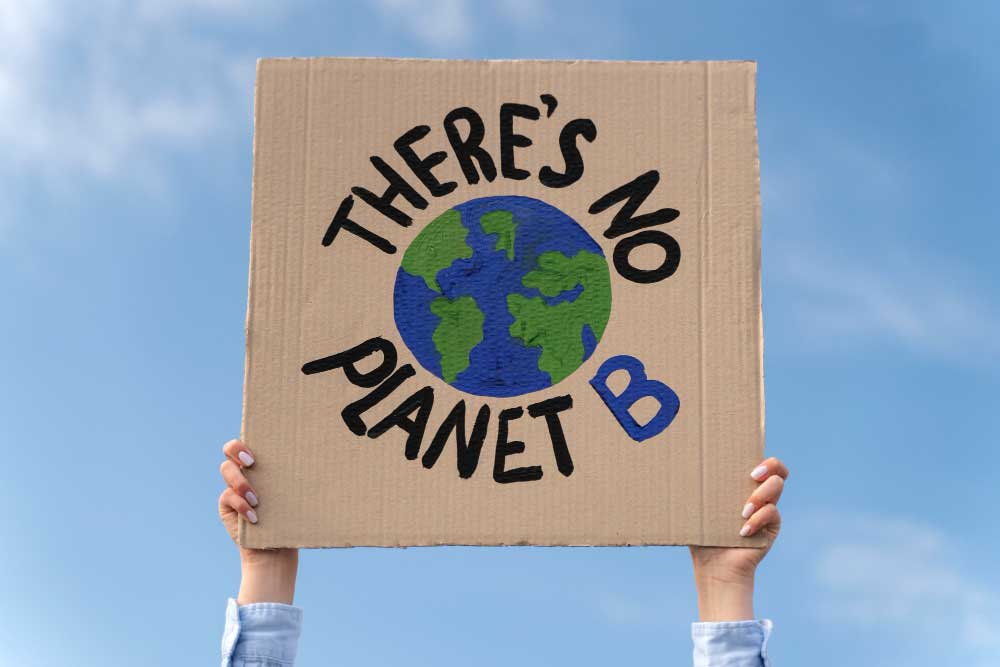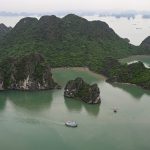Extreme weather has caused drought, glacier melt, heavy rainfall, deforestation across the Latin America and the Caribbean (LAC) region, recent UN report shows.
From the Amazon to the Andes and Patagonia, climate change continues to take its toll, with more and more repercussions for ecosystems, as well as human life, health and wellness.
According to the latest State of the Climate in Latin America and the Caribbean 2021 report by the World Meteorological Organization (WMO) these changes need to be addressed immediately, as climate change can cause irreversible damage to the region.
“The report shows that hydro-meteorological hazards, including droughts, heatwaves, cold waves, tropical cyclones and floods, have unfortunately led to the loss of hundreds of lives, severe damages to crop production and infrastructure and human displacement”, declared WMO Secretary-General Petteri Taalas.
As the research shows, glaciers in the Andes have lost at least 30 per cent of their overall mass during the last 40 years, with negative mass balance trends still recorded. In Peru, the situation is even worse, with ice losses that equal more than half of the glaciers’ area. This figures translate into water crisis for both people and ecosystems in the area.
“For many Andean cities, melting glaciers represent the loss of a significant source of freshwater currently used for domestic use, irrigation, and hydroelectric power,” added Taalas.
As for deforestation and extreme rainfall, loss of trees in the Brazilian Amazon rainforest has now reached the highest level in the last 13 years, with deforestations doubling, accounting for 22 per cent less forest area when compared to 2020. On the other hand, heavy rainfall causing floods, landslides, deaths and house destruction translated into more than $3.1 billion economic loss in the states of Bahia and Minas Gerais alone.

“In South America, the continued degradation of the Amazon rainforest is still being highlighted as a major concern for the region but also for global climate, considering the role of the forest in the carbon cycle”, Taalas said.
Sea level rise considerably affected the Atlantic coast of South America, the subtropical North Atlantic and the Gulf of Mexico.
“Increasing sea-level rise and ocean warming are expected to continue to affect coastal livelihoods, tourism, health, food, energy, and water security, particularly in small islands and Central American countries”, the Secretary-General continued.
Drought led to a 2.6 per cent decline in cereal harvest, while the Central Chile Mega Drought still on after 13 years is considered to be the longest and the worst of the millennium. Similarly, the severe drought in the Parana-La Plata Basin affecting central-southern Brazil, and Paraguay and Bolivia partially, is the worst in the last 80 years. Global crop markets are affected by these changes, and more poverty is expected.
“Worsening climate change has not only impacted the biodiversity of the region, but have also stalled decades of progress against poverty, food insecurity and the reduction of inequality in the region”, commented Mario Cimoli from the Economic Commission for Latin America and the Caribbean (ECLAC).
“No matter how it is taken, action must be informed by science”, he concluded, as the ECLAC report warns that extreme weather and severe climate change will continue to make irreversible change to both human health and natural ecosystems, unless governments do not take urgent action on the matters.
Source: news.un.org










